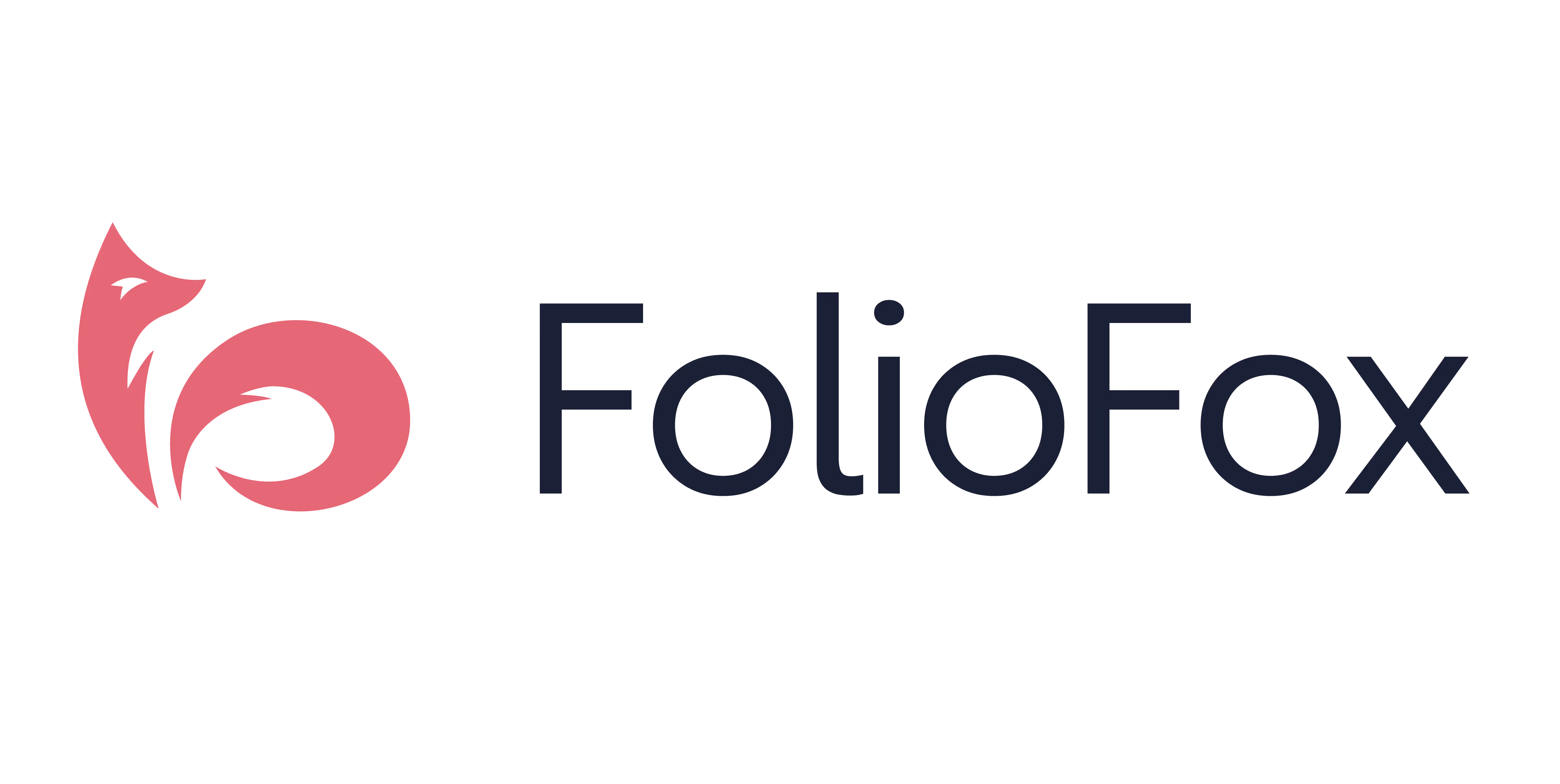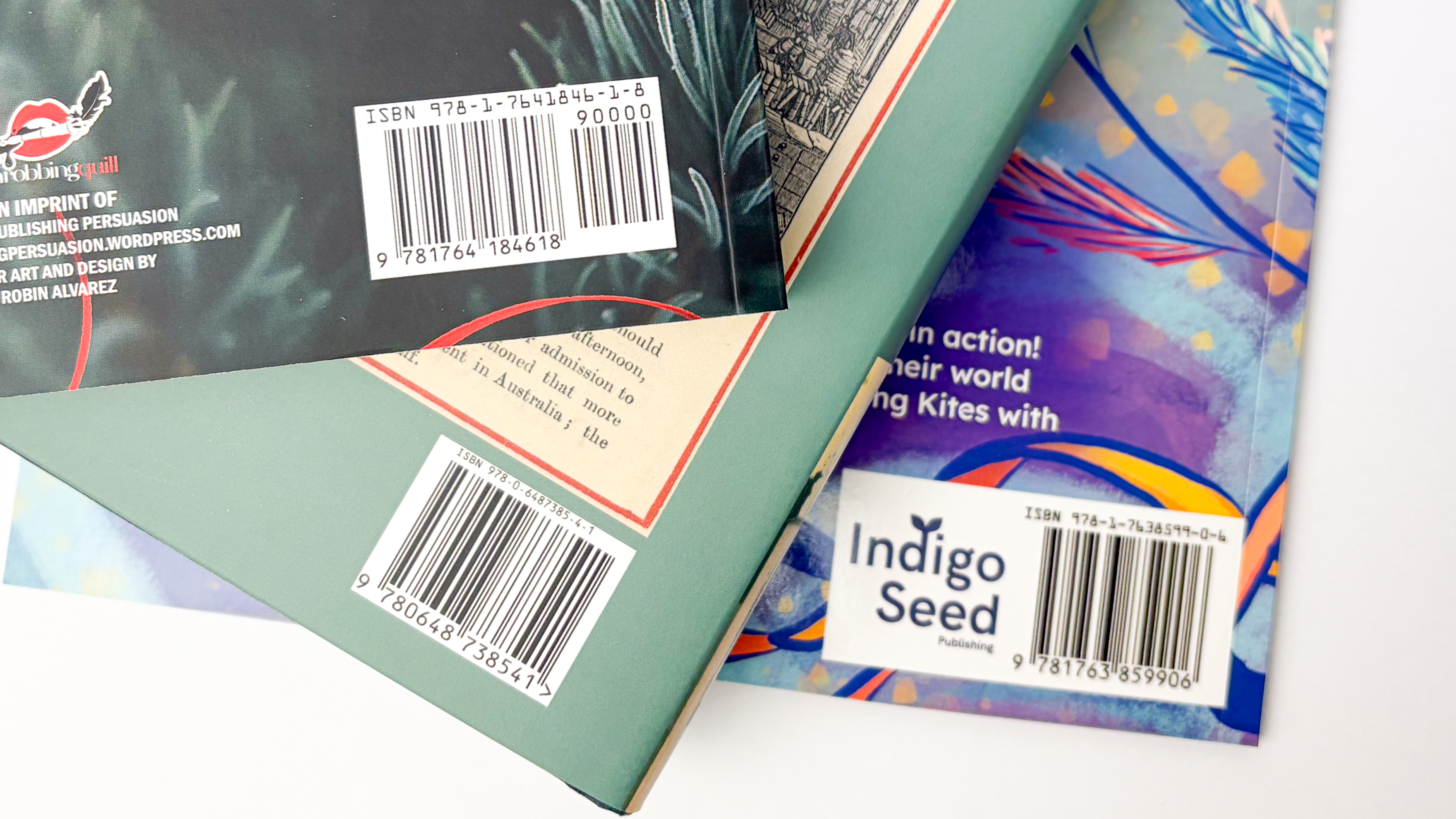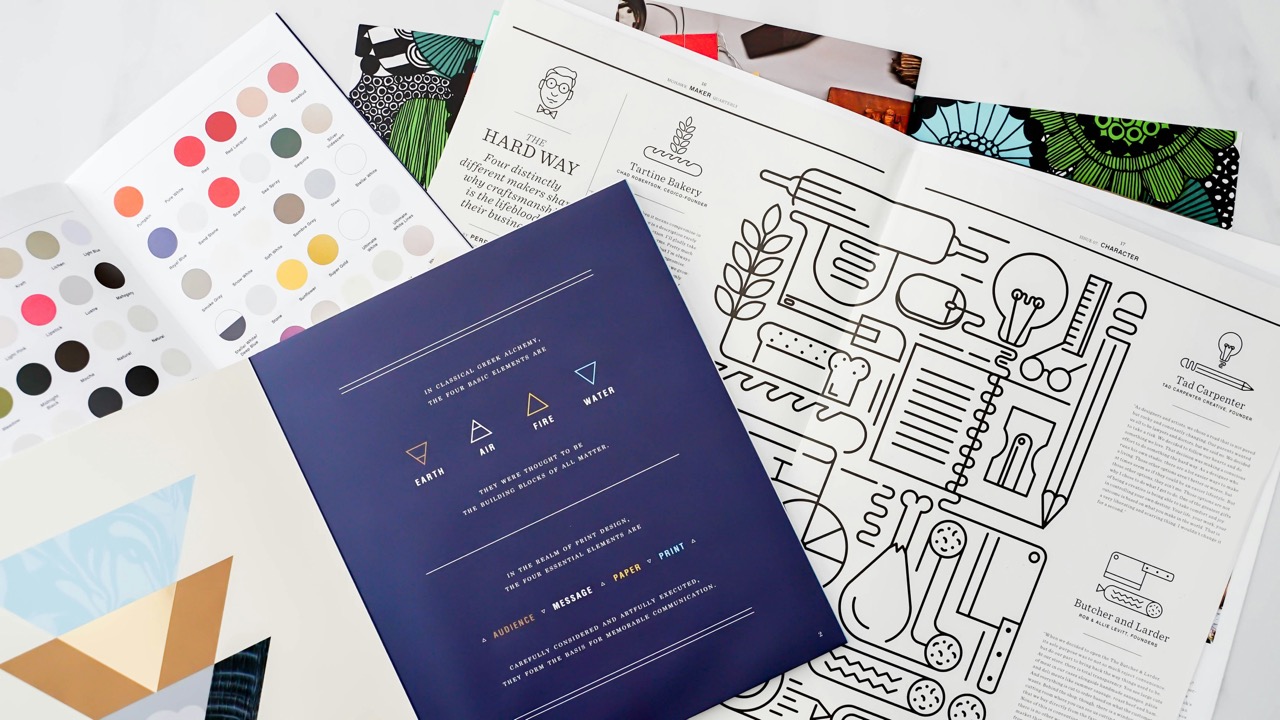Australian Book Printing: A Guide to Popular Publishing Sizes & Formats
In Australia, sizes and formats vary across the industry, depending on what kind of project you are printing.

When it comes to printing your project, there are plenty of considerations to take into account. From deciding on a suitable font for your copy to choosing the perfect binding to tie all your hard work together, understanding the right size and format for your project is another integral element to consider before you bring your ideas to life. In Australia, sizes and formats vary across the industry, depending on what kind of project you are printing. Below, we delve deep into which sizes are best for the type of work you are creating.
Australian Industry Sizes for Printed Books
There are a range of terms used in printing books that may seem unusual at first, but rest assured they’re easy enough to wrap your head around once you understand what they mean. Let’s take a closer look at the book sizes and formats used in Australia’s book printing industry.
A Format is a common paperback book format, typically used for small-format paperbacks and is sized at 111 x 181 mm. A Format books are also sometimes referred to as Mass Market paperback books. B Format is another variation of paperback book sizing, being slightly larger than A Format and typically used when printing standard paperback novels. B Format sizing is 128 x 198 mm. If your project is non-fiction or a how-to guide, you’ll be using the B Plus format, which is 135 x 210 mm. Another format that is commonly used is C Format, which is a large-format paperback, typically used for trade paperbacks.

Alternatively, you may find that your traditional fiction or non-fiction book is more suited to the Demy format - a slightly larger version of B Format at 138 x 216 mm. For premium non-fiction and autobiographies, the Royal format will be the way to go, coming in at 156 x 234 mm. To get a real sense of what these sizes look like compared to each other, we have a helpful trim size guide for you to visualise your project in the size that best suits.
What Sizes to Consider for Publishing a Magazine, Photo book or Other Book
We’ve also got you covered with the best sizes to choose for printing other material besides traditional books. For any budding magazine publishers looking to bring their publication to life, the most common sizes for printed magazines in Australia is either A4 (210 x 297 mm) or A5 (148 x 210 mm). These sizes are taken from the commonly used international paper size guidelines, which make printing popular sizes more cohesive the world over.
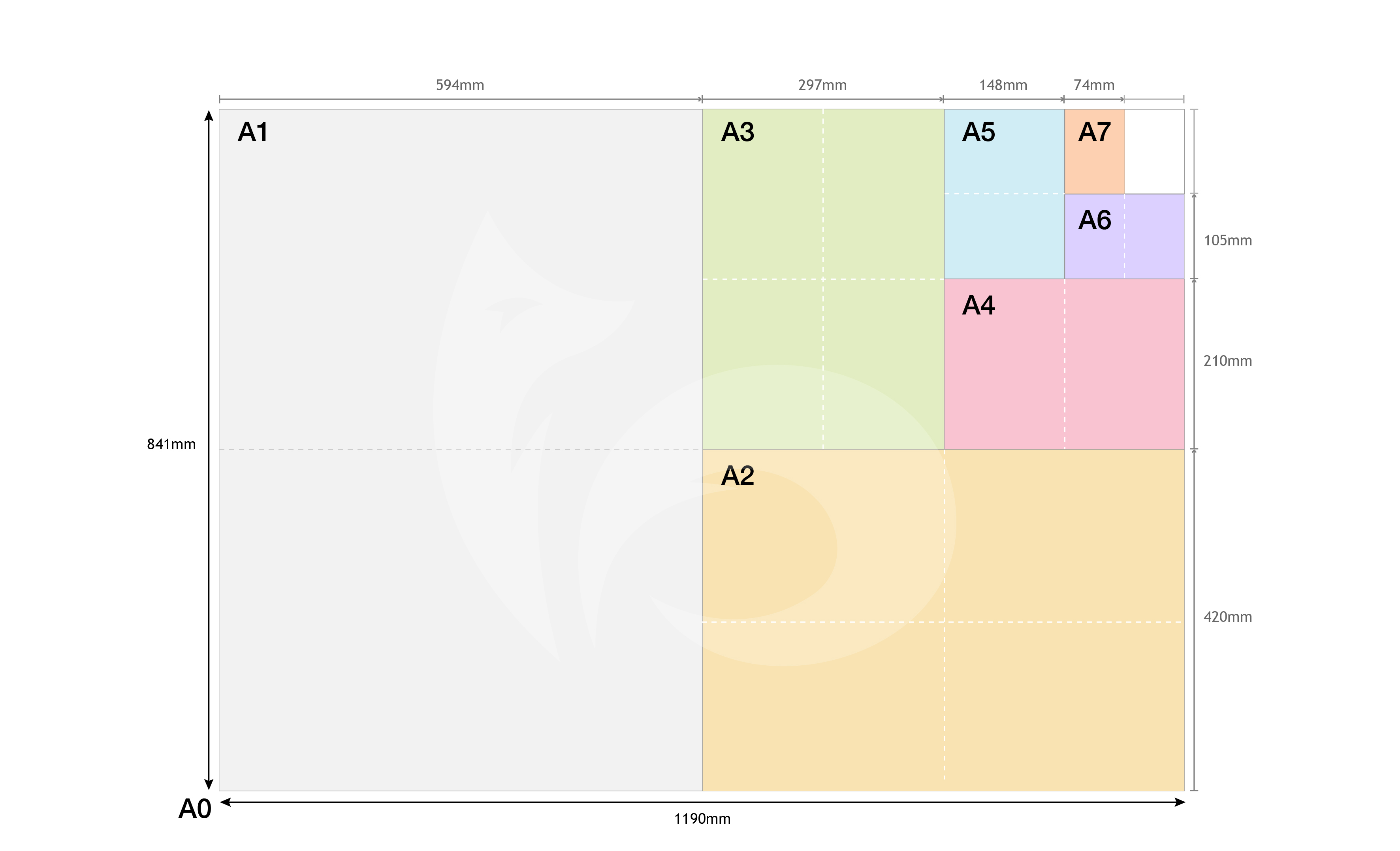
As for choosing the right size for a photo book, there are a variety of popular square sizes to take your pick from, depending on how big you’d like your book to be. These range from the smallest Compact (150 x 150 mm), to Versatile (200 x 200 mm), to Generous (250 x 250 mm), and finally to Premium Coffee Table Style (300 x 300 mm). For art books, A3 (297 x 420 mm) is commonly used, as is B4 (250 x 353 mm) - these are also appropriate sizes for printing children’s books. If you’re wanting to print a larger format display book or portfolio, B3 (353 x 500 mm) is your way to go for an effective printed product.

Sizes and Formats for Reports, Manuals, Travel Guides and Journals
Perhaps what you’re actually after is to print your brochure, report, manual or journal in the correct size - well, we’ve got that covered too! For mini notebooks or notepads, A7 (74 x 105 mm) is the recommended size to begin with. For a pocket-sized print, A6 (105 x 148mm) or B7 (88 x 125 mm) is best. Journals, small books and travel guides can either be in size A5, B5 (176 x 250 mm) or B6 (125 x 176mm). B5 is also an effective size to use when printing trade paperbacks. Printing important reports and manuals means ensuring you have the most accessible and appropriate size for your material. For this kind of printing work, the standard A4 is recommended.
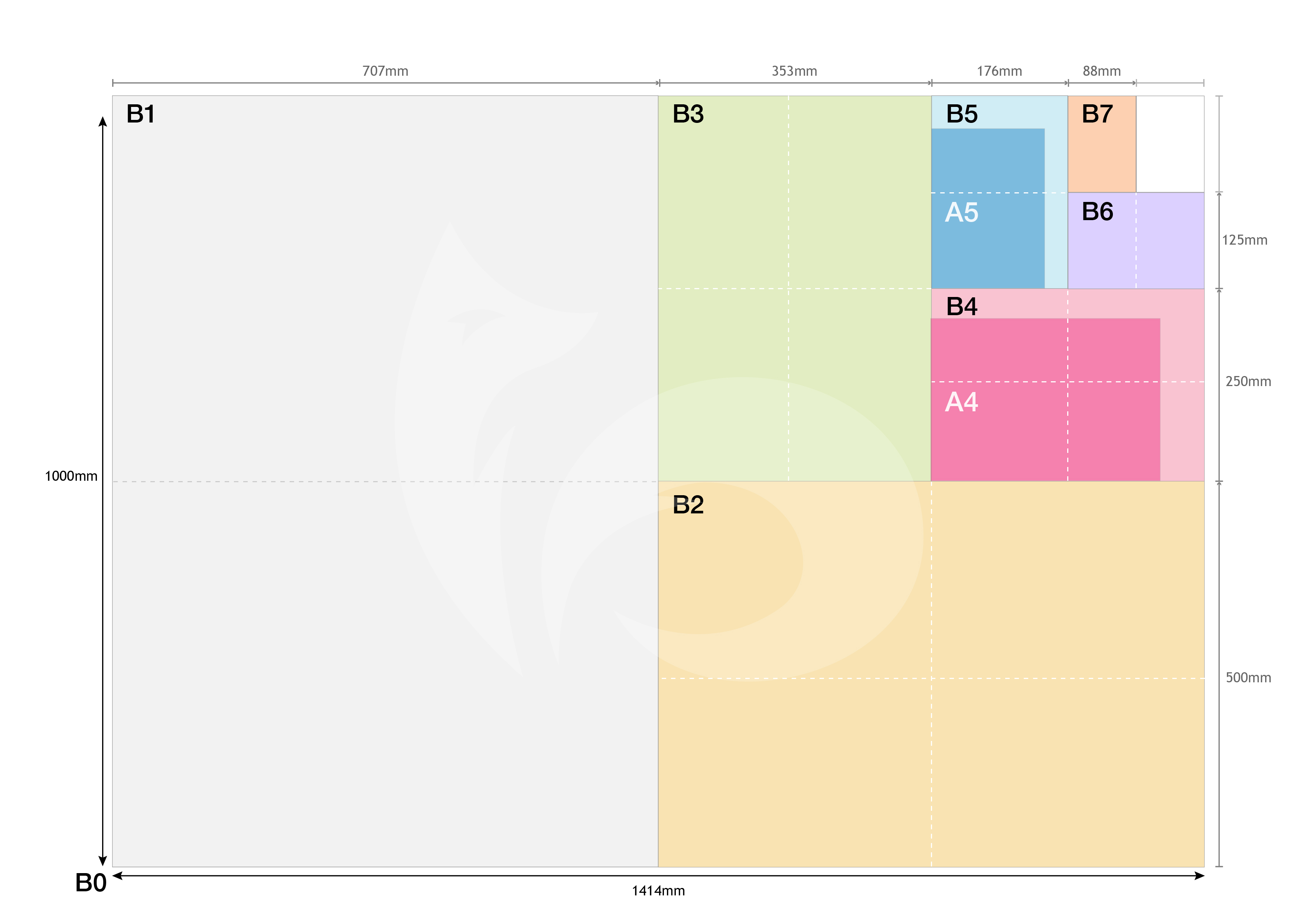
While there may be a lot of jargon used in the world of printing sizes and formats, once you figure out the measurements and what the names of the sizes are referring to, it makes understanding the printing process a whole lot easier - which, after all, creates a smoother process for you and ensures we print your project in the exact dimensions you are after. When in doubt, it’s always a good idea to have a look at our handy print-ready blueprint guide.
To learn more about our book printing services, get in touch with our team today. We're here to help you navigate the evolving world of book production with confidence.
Last Updated:
